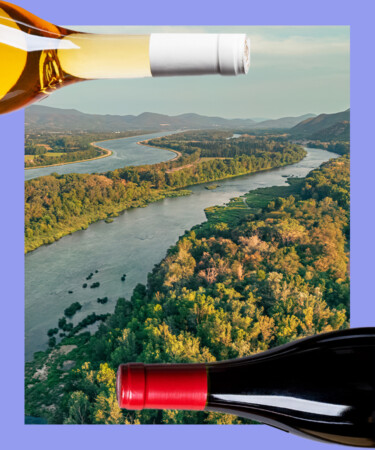It’s harvest time in France’s Rhône Valley, a time when many of the winemakers and owners you meet are dressed in grape-stained and dirt-smeared T-shirts, an old pair of shorts, and a set of well-worn hiking boots. Winemaker grunge. It’s the uniform that tells an outsider it’s the most important time of year in the vineyards, and despite some challenges, the winemakers say they feel pretty good about 2024.
If you’re looking for great wine values, there may be no better place on Earth than the Rhône Valley. It’s a vast region in France’s southeast, stretching from the edge of Provence northward almost to Lyon, and bordering the Alps in the east. It offers an almost endless array of notable wines — red, white, and rosé — in the under-$25 range.
This is especially true of the Southern Rhône, where it’s all about blends. Grenache, the most important red grape, is typically blended with Syrah and Mourvèdre, but Counoise, Carignan, and other varieties can also be used. For the whites, Grenache Blanc, Marsanne, Roussanne, Clairette, Picpoul, and Ugni Blanc are among the grapes. Almost 20 percent of the Rhône’s vineyards are farmed organically, helped by the low humidity and drying winds, most notably the famed Mistral that blew for days during my visit and that winemakers have a love-hate relationship with.
The biggest appellation, accounting for almost half the production, is Côtes du Rhône. Who hasn’t heard of it or drunk it? But with Côtes du Rhône ubiquitous in American wine stores, often dominated by the biggest brands, it’s easy to get lulled into thinking that large-production CDR wines are pretty much all there is to the Rhône, and that they are almost always red. False and false.
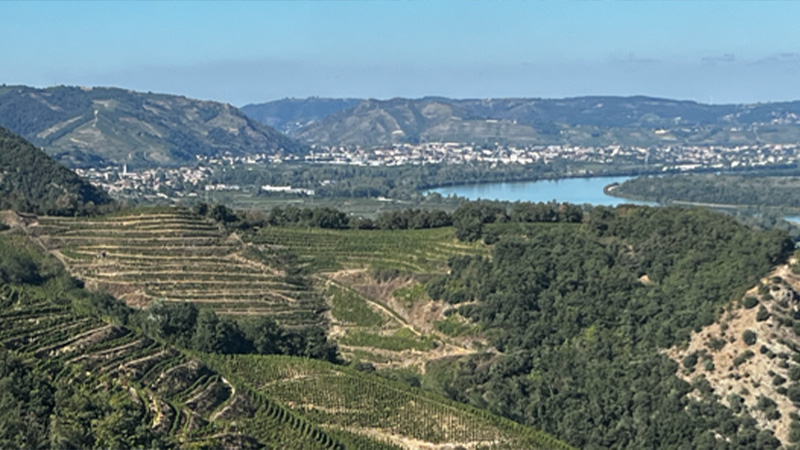
In fact, if you zero in on the region, you’ll find there are many other Rhône appellations: 32 in all, both in the Southern Rhône (where most Côtes du Rhône is produced and where Châteauneuf-du-Pape is the most famous wine) and in the Northern Rhône, home of some of the most storied appellations in France and the entire wine world. (More on that in my next column.)
Something else you might not have known: The production of white Rhône wines, currently at 12 percent, is increasing, both in the Côtes du Rhône and other appellations, a response to growing consumer demand for lighter, less alcoholic wines. Gigondas, one of the more notable Southern Rhône appellations — known for its reds — is now permitted to label some of its white wines “Gigondas” as well.
On a broad tour of the region last month (at the invitation of Inter Rhône, the association representing almost all the Rhône appellations), just about every winemaker spoke of a growing emphasis on white wines. Among other things, “Côtes du Rhône whites are wonderful by-the-glass wines,” says Anthony Taylor, an American who is the longtime brand ambassador and a partner in Maison Gabriel Meffre’s Domaine de Longue Toque in Gigondas. Indeed, they are refreshing, complex, and food-friendly.
Whether red or white, the Southern Rhône is all about value. “For less than $20, you can get a very very good bottle of wine,” says Nicolas Benivay, who manages sales at Domaine Pélaquié in Laudun. Pélaquié’s production is 25 percent white wines, a higher proportion than that of most wineries.
Laudun has just been elevated to a “cru,” the highest designation of Rhône wines, which, starting with the 2024 vintage, will allow Pélaquié to call wine from some (but not all) of its vineyards “Laudun” instead of Côtes du Rhône Villages Laudun.
While the cru appellation status may convey more prestige about the wines and lead to higher prices, some winemakers also recognize that it might take the market a while to get used to the “Laudun” label instead of the more familiar Côtes du Rhône or Côtes du Rhône Villages appellations. But they say the challenge is worth it for the greater status and quality that being annointed a “cru” wine conveys. We’ll see how it translates to demand and sales.
Another great area that should be on your radar is Costières de Nîmes, the southernmost Rhône Valley appellation (and until about 20 years ago, part of the neighboring Languedoc-Roussillon region).
“What makes us different is the microclimate,” says Michel Gassier, owner and winemaker of Domaine Gassier, which lies in Costières de Nîmes just 10 miles from the Mediterranean Sea. “We’re so close to the water that we have a lot of coastal influence.” Afternoon sea breezes moderate the region’s high temperatures. Gassier says “we feel it’s a very special spot to create a fairly different style of wine. We aim for a little more freshness, a little brighter acids in our wines, and it’s an especially great spot, we believe, for whites.”
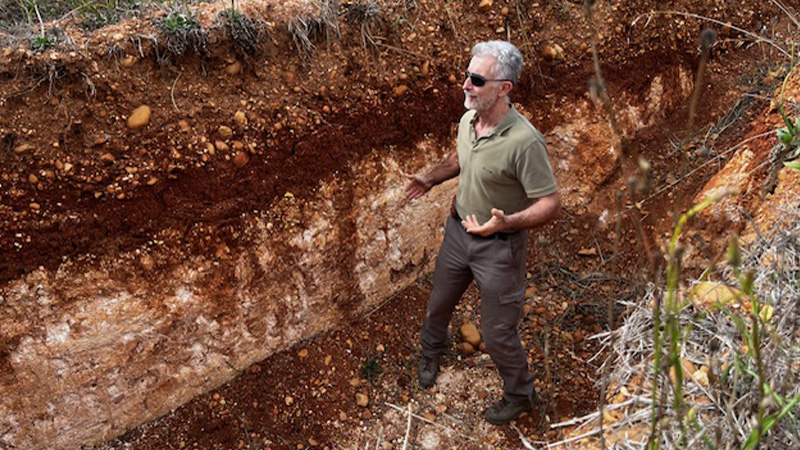
During my visit, Gassier walked us over to a pit to illustrate the region’s distinct soils. We see a brownish layer of pebbles and stones deposited long ago by the Rhône River sitting a couple of feet or so above an even older white layer of limestone. The limestone is a former seabed holding the decomposed remnants of marine life left by the sea when it covered much more of southern France. “It’s quite unique and it gives a lot of character to the wines,” Gassier says, noting the lower pH and higher acidity, a reason his wines are so fresh and precise.
That freshness is also a hallmark of Stephane Vedeau’s wines at Clos Bellane in Valréas, a village in the northernmost part of the Southern Rhône. Vedeau is a phenomenal winemaker (and can spit into a wine bucket with more precision and from a greater distance than anyone I’ve seen). He often uses the word “energy” to describe his wines. “It’s a vibrancy which comes from the soil, first of all,” he says. His vineyards, farmed organically, are also in the dominant limestone soils and, at up to 400 meters, are among the highest in the Southern Rhône, qualities he sought when he purchased Clos Bellane in 2010. Most of his wines are in the Côtes du Rhône Villages Valréas appellation, and both the whites and the reds are memorable.
Over five days in the Rhône, I tasted far more wines than I list below, many of them outstanding but not available (yet) in the United States. Yes, Côtes du Rhône is the backbone of the Southern Rhône, accounting for almost 50 percent of the production — it’s familiar and easy to sell — but U.S. importers and distributors should take more note of and promote the Lauduns, the Liracs, the Gigondases, the Costières de Nîmes, and many others that soar in quality. The wines are well worth it.
Below you’ll find 12 of the top under-$25 Southern Rhône wines currently sold here — Côtes du Rhônes and beyond.
Domaine de Montine ‘Gourmandise’ Blanc 2023
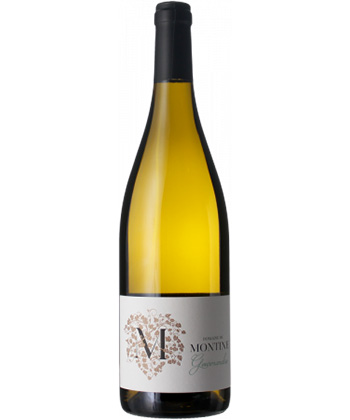
From a small, family-owned winery in Grignan-les Adhémar, the smallest and northernmost appellation in the Southern Rhône, this refreshing white is a blend of six grapes: Viognier, Roussanne, Marsanne, Grenache Blanc, Clairette, and Bourboulenc. Fermented and aged in stainless steel tanks, it shows notes of green apple and tropical fruits, with hints of flowers and citrus. The 2022 is currently available here.
Price: $15
Buy This Wine
Domaine de Montine Grignan-les Adhémar Viognier 2023
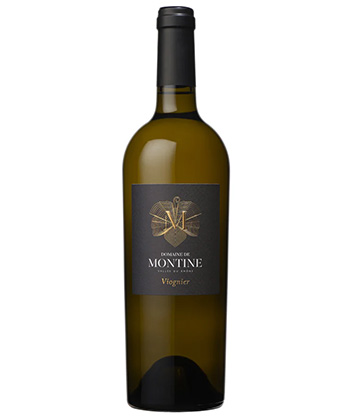
This is a beautiful example of 100 percent Viognier. With 30 percent of the wine matured in oak barrels, there’s a perfect balance between the fruit and wood, with apricot, peach, and floral notes accented by touches of vanilla and minerals.
Price: $23
Buy This Wine
Vidal-Fleury Côtes du Rhône Blanc 2023
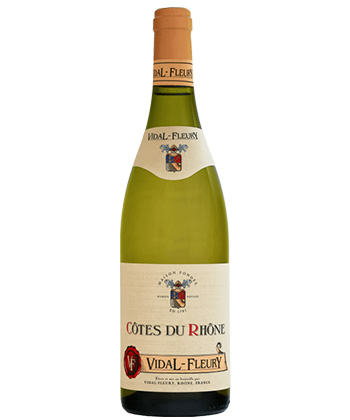
From the oldest winery in the Rhône, founded in 1787, this top negociant (it buys wine from many growers, blends it, and bottles it) is owned by the Guigal family, which supplies a lot of the wine, and produces some of the best-value wines in the Southern Rhône, including this widely available white Côtes du Rhône. A blend of Grenache Blanc, Clairette, Viognier, and a touch of Roussanne, it’s fresh, spicy, and mineral with notes of green apple, white peach, and herbs. The ‘22 vintage is currently in stores.
Price: $17
Buy This Wine
Vidal-Fleury Côtes du Rhône Rouge 2021
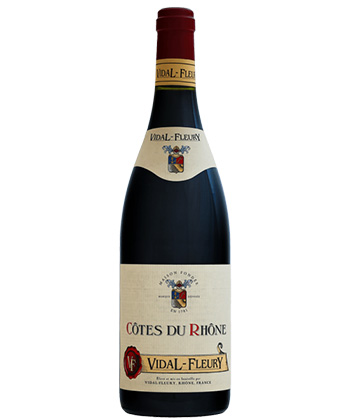
Made from Grenache, Syrah, Mourvèdre, and a touch of Carignan, this red Côtes du Rhône is a top value just like its white counterpart. It shows concentrated dark fruit flavors and a black pepper note supported by firm tannins.
Price: $14
Buy This Wine
Domaine Pélaquié Côtes du Rhône Blanc 2023
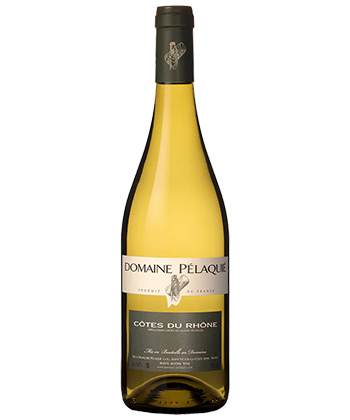
A blend of Grenache Blanc, Clairette, and Roussanne, this wine is marked by its freshness and great fruit, with green apple, white peach, and a lemon-lime finish. Floral notes make it all the more interesting.
Price: $15
Buy This Wine
Domaine Pélaquié Côtes du Rhône Rouge 2022
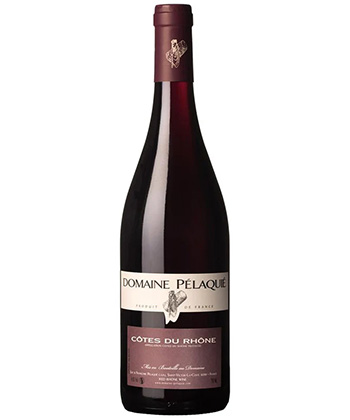
Another phenomenal value from Domaine Pélaquié, this blend of 65 percent Grenache and 35 percent Syrah is bursting with fruit, including notes of overripe strawberry and then darker fruits as it opens up. Fresh and spicy.
Price: $14
Buy This Wine
Domaine Pélaquié Côtes du Rhône Villages Laudun 2021
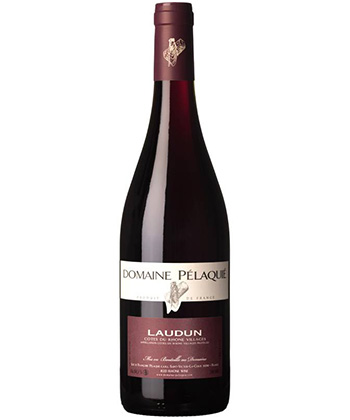
A classic “GSM” blend of Grenache, Syrah, and Mourvèdre, there’s an intriguing note of grapefruit on the nose of this red wine, along with leather and black fruits that carry over to the palate. A cracked pepper note punctuates the fruit.
Price: $14
Buy This Wine
Château de Montfaucon Côtes du Rhône ‘La Cote’ 2020
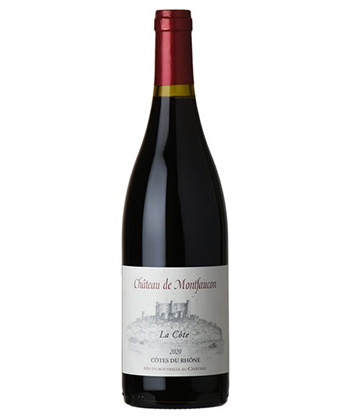
Rodolphe de Pins, the proprietor of this estate in Lirac that dates back to the 11th century, makes this wine from a blend of Grenache, Syrah, Carignan, Cinsault, and Counoise. Dark and deep red fruits, spice, and minerals are its hallmarks.
Price: $19
Buy This Wine
Domaine Gassier ‘Embruns de Viognier’ 2023
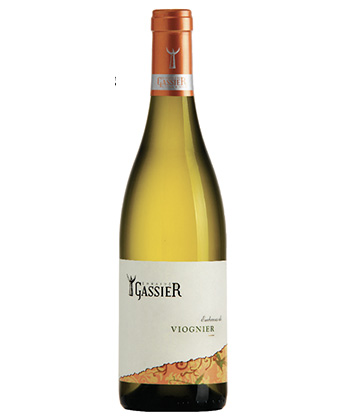
With a view of the wetlands near the Mediterranean Sea, this organic vineyard lies in the Costières de Nîmes, the southernmost appellation in the Rhône Valley. This 100 percent Viognier has good complexity with a rich mouthfeel typical of the variety, but maintains freshness at the same time. Apricot and melon flavors are accented by vanilla, ginger, and white pepper. I tasted the 2023 vintage but the ‘22 is the one still available in stores.
Price: $19
Buy This Wine
Domaine Gassier Costières de Nîmes ‘Fleur de Syrah’ 2022
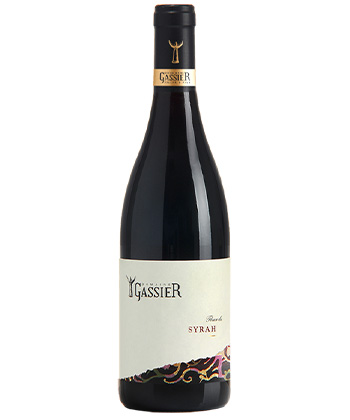
The blend is 95 percent Syrah and 5 percent Grenache, and owner and winemaker Michel Gassier says “we take our cues from our elders up north, and that’s the kind of Syrah we like to make,” referring to the famed Syrah-based reds of the Northern Rhône. The style is elegant and fresh and marked by floral and mineral notes that punctuate the dark berry fruit flavors. There’s a hint of black pepper. The ‘21 vintage is available here.
Price: $20
Buy This Wine
Clos Bellane Côtes du Rhône Villages Valréas Blanc 2022
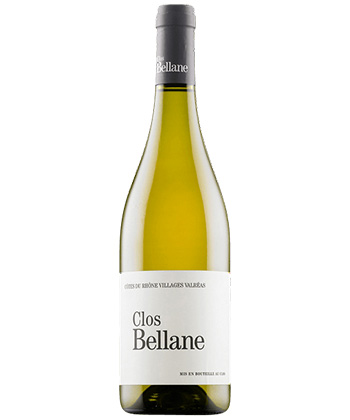
A blend of 65 percent Marsanne, 30 percent Viognier, and 5 percent Roussanne, this delicious white wine is fresh and precise with perfect balancing acidity that frames green apple and lime flavors. Fermented and aged in stainless steel, winemaker Stephane Vedeau calls it his “classic cuvée,” and it’s not hard to see why.
Price: $22
Buy This Wine
Clos Bellane Côtes du Rhône Villages Valréas Rouge 2022
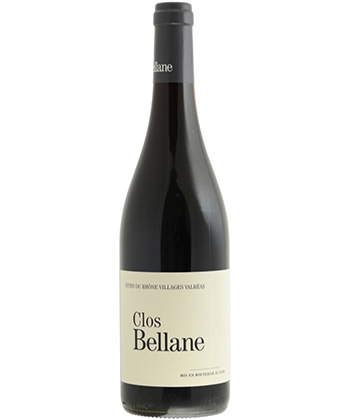
A 50-50 blend of Grenache and Syrah. Winemaker Stephane Vedeau describes this wine as having the “classic maturity of the Southern Rhône but with energy.” Round and balanced, the wine has an underlying tension, its 14.5 percent ABV not even noticeable. Red and dark fruit flavors are accented by a touch of cocoa. Aged in concrete and older barrels.
Price: $23
Buy This Wine
Next up: Wines of the Northern Rhône
